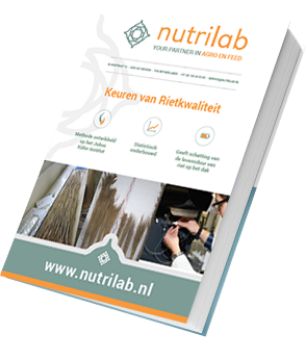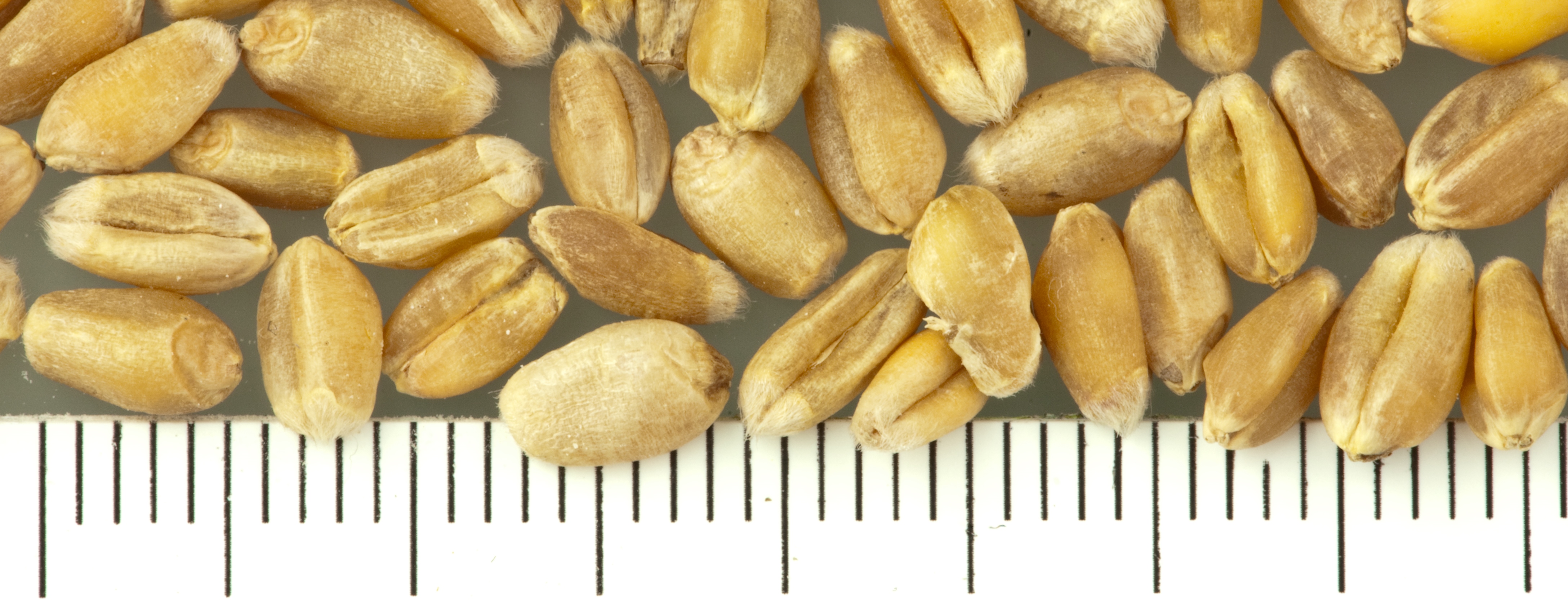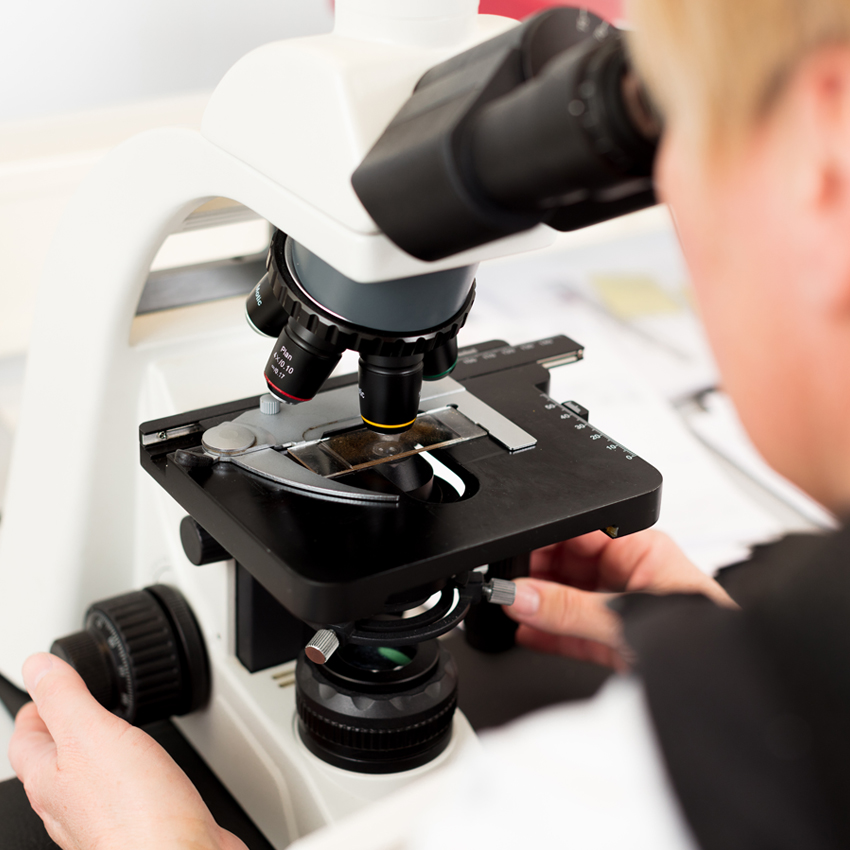
Would you like to be kept informed of developments?
In our free white paper, we share information about the new rules of legislation, innovations in analysis and we tell you about the digitisation of the market. Download our white paper for free!
 Analysis Selector
Analysis Selector
Through the magnification of solids, specific structures become visible which are otherwise invisible to the naked eye. Microscopy is a centuries-old technique which is still invaluable today. It often provides a quick answer to specific issues in both foods for human consumption and animal feed products. Nutrilab has the facilities to analyse components of animal origin, botanical contamination, packaging materials and foreign materials through microscopic analysis. Microscopic research is also frequently used to deconstruct animal feed composition and to determine the purity of various raw materials.

The methods for the analysis of components of animal origin are established in regulation 152/2009. This regulation has been supplemented with changes laid down in the EU Implementing Regulation 2022/893. The directive stipulates that constituents of animal origin are identified based on typically microscopically identifiable characteristics (muscle tissue and other meat particles, cartilage, bones, horn, hair, bristles, blood, feathers, eggshells, fish bones, and scales). The method not only examines animal components of terrestrial vertebrates and fish, but also animal components of terrestrial invertebrates, such as insects. Nutrilab uses this method for the analysis of animal products and is ISO 17025 certified for the research into animal components of terrestrial vertebrates and fish.
Contamination from seeds from weeds, or botanical contamination, is a result of increasing numbers of green verges and the decreased use of pesticides. Poisonous or unwanted weed seeds can inadvertently become incorporated in farm animal feed, which may result in significant consequences. That is why regulation EU 2002/32 establishes which standards apply to undesirable seed levels in products. Detailed microscopic examination of grains and crops is essential. Nutrilab has the facilities to detect a wide range of seeds, such as:
Waste flows from other sectors (such as the baked goods industry) are used for the production of animal feed. Packaging materials often end up in the feed. Too much packaging material is harmful to livestock and must be prevented. The proportion of packaging materials in a product can be quantified using microscopic analysis.
Foreign materials in products are analysed and determined using microscopy. When a foreign substance is identified, follow-up research may be conducted if required.
Technical material inspection can also be carried out using microscopy; for example, (moisture) damage in small electrical components.
The inspection results may be recorded and accompanied by digital photography in case of insurance matters, for instance, or to resolve a dispute.


We will be happy to visit you to discuss any quality questions or issues you may have.
Plan an advisory meeting
In our free white paper, we share information about the new rules of legislation, innovations in analysis and we tell you about the digitisation of the market. Download our white paper for free!


Powered by Wallbrink Crossmedia